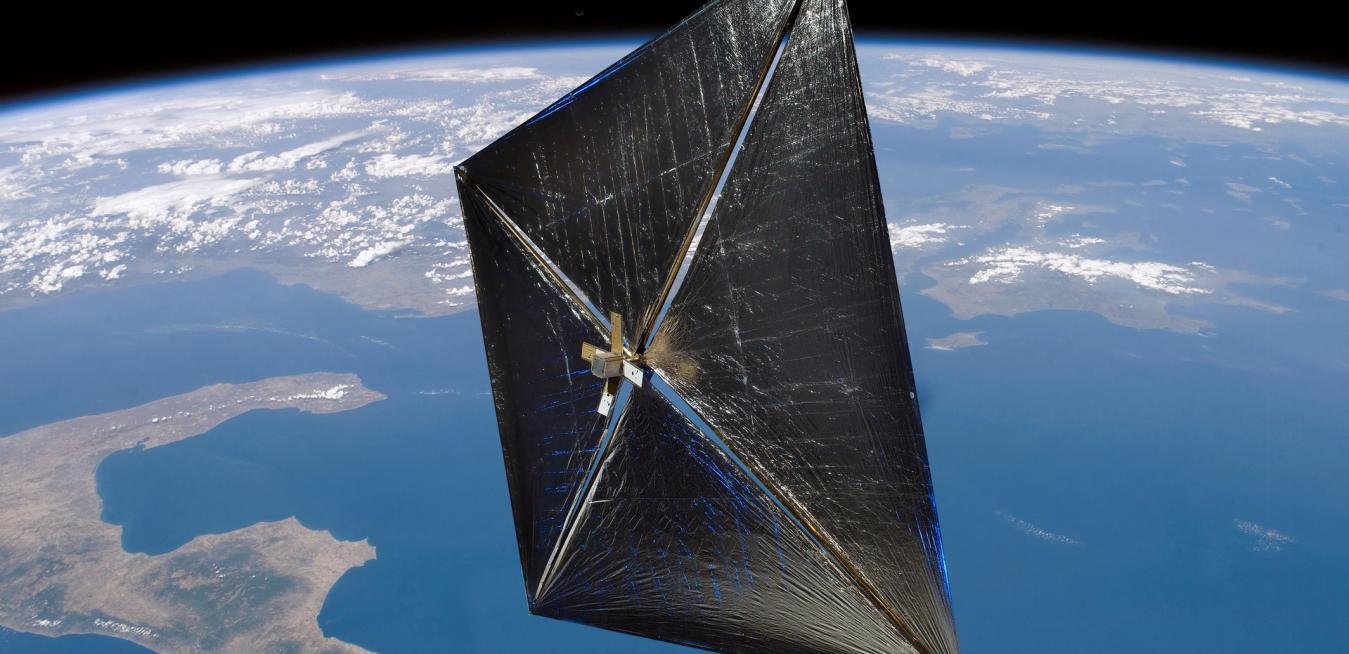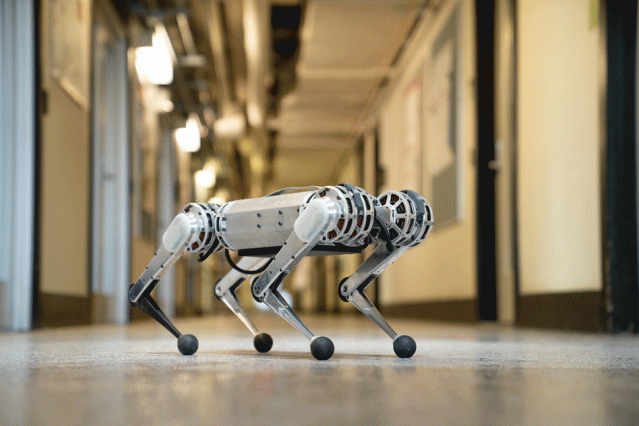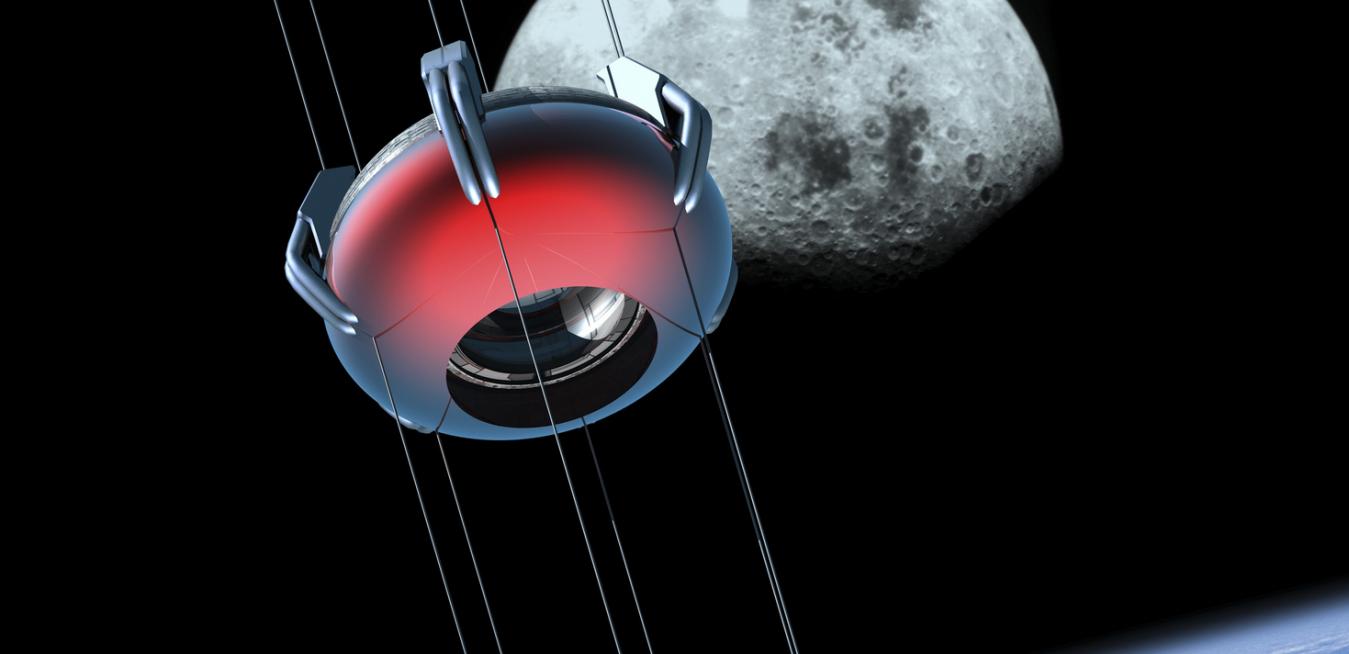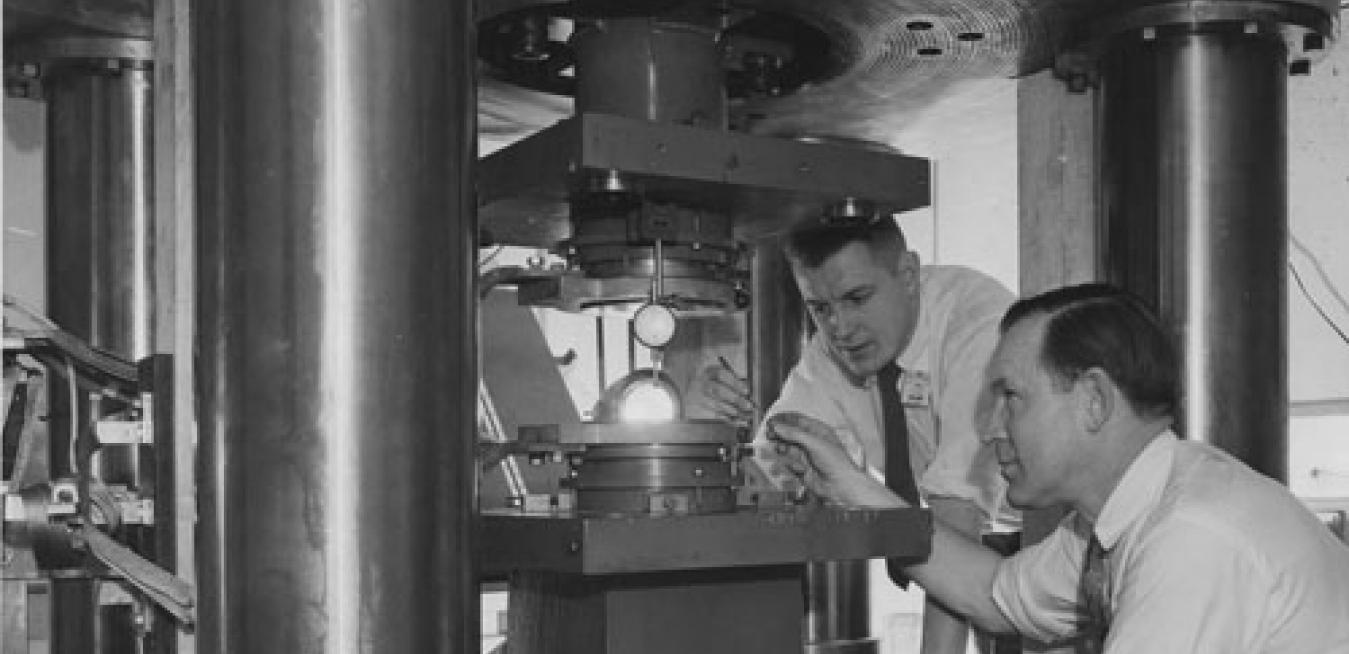Doctors learn about the positive effects of an electrical current, algorithms make plants tastier and more nutritious, and researchers get a good look at the functioning of the immune system. Plus: Computers are writing cogent summaries of the latest scientific research, rendering things a little uneasy around the GE Reports offices. For now, though, here’s this week’s coolest things.
A new device could bring DNA analysis to the bedside, 3D-printed tumors could help doctors attack cancer, and a know-it-all sensor that listens to electricity could spot a short in your home before you lose power. This week’s science news haul is pretty powerful.
Sneaky robots made Austrian bees talk to Swiss fish, a Japanese and Russian team revived a muscle cell from a woolly mammoth that died 28,000 years ago, and a California Institute of Technology team has a design for spaceships powered by a light beam. This week’s column is truly illuminating.
Supersonic Twins
If you can manage to ignore that small robotic cheetah nipping at your heels, this week’s coolest scientific discoveries represent a lot of happy news, including a highly promising advance in HIV treatment, a futuristic house that generates more electricity than it consumes, and a better way to detect tiny tumors. And — OK — the cheetah is pretty cool too.
Could Coal Get The Benjamin Button Treatment?
https://www.youtube.com/watch?v=03gWgCN61F0
Bone marrow implants could forestall neurodegenerative diseases like Alzheimer’s, synthetic DNA sheds light on how life might’ve evolved elsewhere in the universe, and computer-designed DNA could combat uncontrollable microbial infections. Find out what has been bugging scientists in this week’s coolest scientific discoveries.
Against Neurodegenerative Diseases, Scientists Find A Marrow Path To Victory
Whispered messages can be transmitted across a room directly into the ear they’re intended for, a shirt can change its properties whether it’s hot or cold out, and a new military grenade comes loaded with a net for capturing drones. All that and more in this week’s coolest scientific discoveries.
Brain cancer cells are being lured to their doom, artificial neural networks are functioning even more like human gray matter, and lab-grown chimpanzee “mini-brains” are enriching our understanding of human evolution. In this week’s coolest scientific discoveries, researchers have got a lot on their minds.
This week, researchers rigged off-the-shelf technology to catapult their ideas into the next level. Engineers in California used a movie projector to 3D-print super smooth, bendable objects, a team in Massachusetts analyzed data from drones to spot problems with solar panels early, and a group in New York used Jenga blocks to teach their uncanny robot foresight, spatial reasoning and fine motor skills. Science, it’s all about patience and passion: Plus: A robot develops a model of self, and diamonds from carbon fibers.














